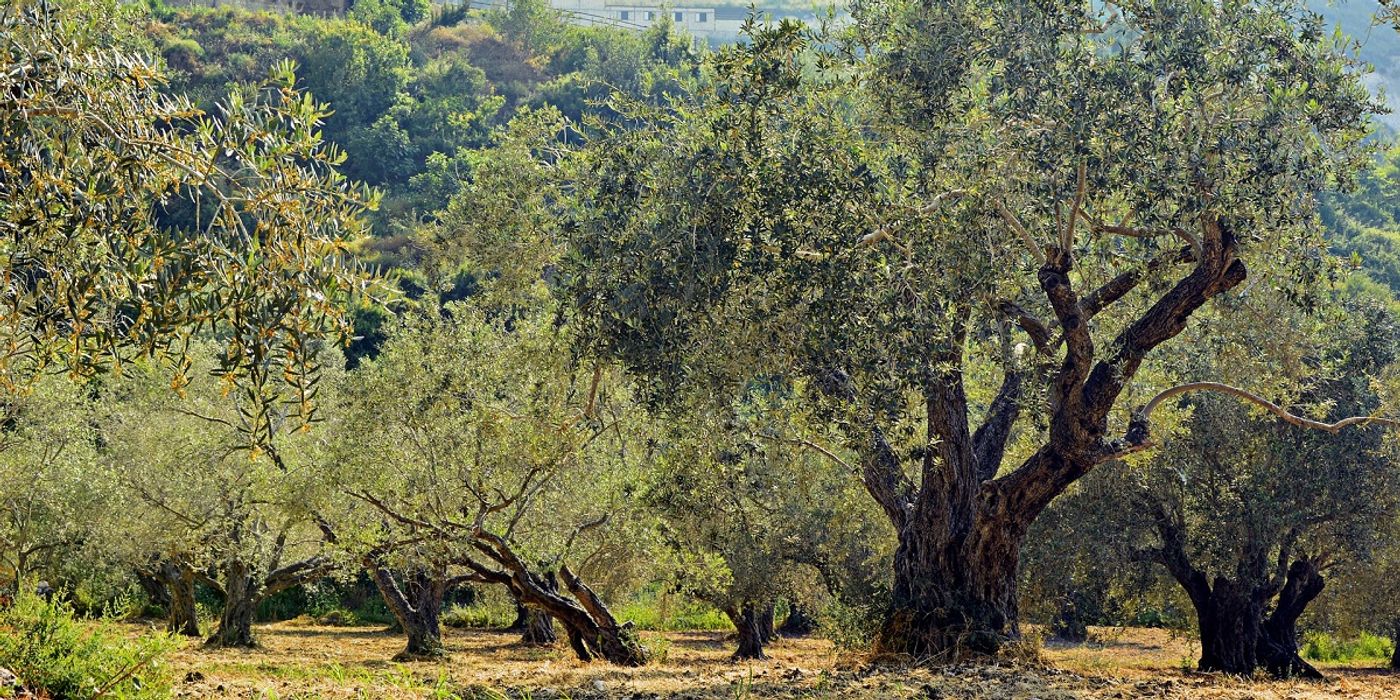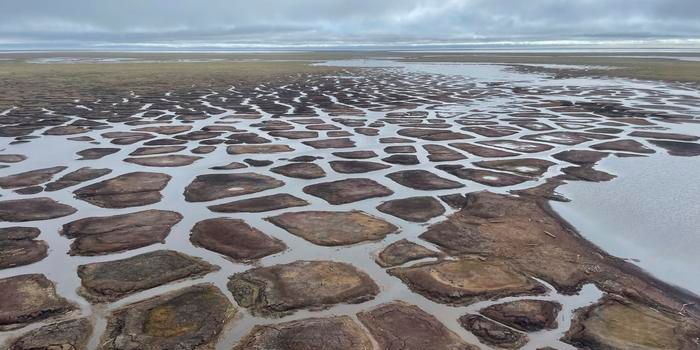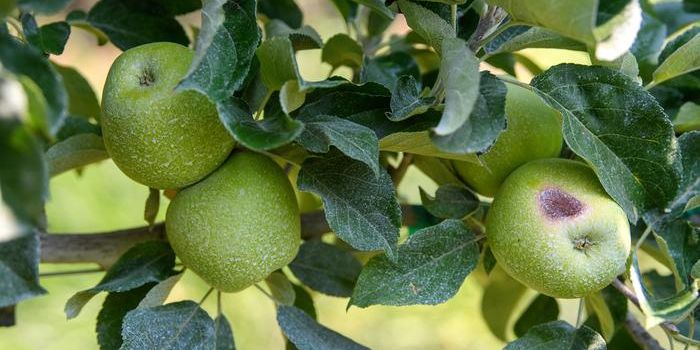Climate Change Decimating Olive Oil Yields
Olives are an important food crop across the Mediterranean. Olives are most important for their production of olive oil, which is shipped around the globe from Mediterranean countries. Olive oil is thought to have many beneficial effects on the human diet, and it has become a very popular cooking oil in the last century. But climate change threatens the production of this important staple food.
In Greece, the world’s third most productive country for olive oil, last year the seasons were incredibly stressful. Winter was too warm and dry, and summer had the worst heatwave in decades, starting wildfires and burning acres of olive trees, which can take decades, even a century, to grow to maturity. Even if trees do not succumb to fire, when the weather is too warm or dry fruit production decreases, and some trees do not bear fruit at all. It is unlikely that under the stresses of climate change, regions historically responsible for growing olives will be able to continue.
There are many different cultivars and varieties of olive trees, some of which are incredibly specific to one valley or region. Many of these varieties may be lost with the advance of climate change. A recent study looked at the effect that temperature and humidity have on the fertilization rates of olive flowers. Successful pollination and fruit maturation are dependent on the viability of the pollen when it arrives at another flower. The scientists found no significant change in flowering time and duration for the cultivars they studied over the last decade. When pollen was exposed to high humidity, they found that the pollen became completely nonviable after three days with high temperatures. They concluded that humidity makes the pollen very susceptible to degradation by high temperatures, while low humidity preserves viability under high or low temperatures for more than five days. This humidity factor should be taken into effect when evaluating new locations for olive production as the climate changes.
Sources: Agronomy, Euro News Green









